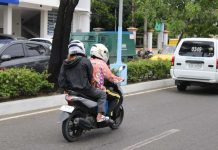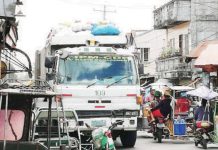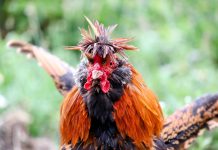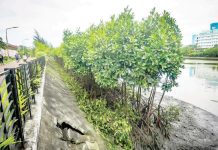
A FRIEND asked me what should be done about Science & Technology (S&T) in the Philippines, and here are the ideas that I sent him:
The Department of Science and Technology (DOST) should be a tool for economic growth, but it is not doing that as much as it should.
The DOST Secretary should be a key member of the President’s economic team, but right now he or she is not. He or she should be actively involved in strengthening our national security, but he or she is hardly doing that now.
The only way to make our economy grow is to create new value added. The only way to create new value added is to create new intellectual property rights (IPRs) in the form of patents, trademarks and copyrights.
The only way to create new IPRs is to conduct Research & Development (R&D) that are market driven, and not academically driven. Not unless we create new IPRs, we will forever remain as a consumer economy, meaning that we will forever be buying imported products that are born out of the innovations of the other countries.
There is always an S&T solution for each and every national problem. What needs to be done is for the DOST to own these national problems, and for it to make a firm decision to find scientific and technological solutions to these problems, such as poverty, hunger, homelessness, sickness, traffic, crime, pollution, floods, droughts and brownouts, among others.
S&T should be harnessed for the purpose of increasing our exports and decreasing our imports. By using S&T, we should be able to increase our market shares in global exports, by way of producing new products and services that will be sold in foreign markets. Conversely, by using S&T, we should be able to decrease our imports by way of producing our own products and services that could be sold locally (import substitution).
S&T should be harnessed for the purpose of making our products and services more competitive in the global markets, by way of increasing overall quality and decreasing production costs. It should be harnessed for the purpose of increasing not only our competitive advantage, but also our comparative advantage.
In general, it should be the goal of DOST to increase global competitiveness, but in particular, that should mean better and cheaper products and services. It should be also harnessed for the purpose of generating cheaper energy from renewable and sustainable sources, because of the fact that the lower our energy costs are, the more competitive our products would be.
Food security should be measured not only in terms of how many months of rice inventory that we could store due to our imports. It should be measured in terms of how many years of surplus rice inventory that we could store after we meet our global export targets.
We should not just aim for rice sufficiency; we should aim for rice abundance. It should be measured not only in terms of rice supply, but also in terms of all the other food supplies such as flour, milk, poultry and livestock.
Up to now, we are importing about 90% of our flour and milk. We are also importing about 90% of our feeds and feed ingredients, and because of that, our poultry and livestock are indirectly imported too. (To be continued)/PN





